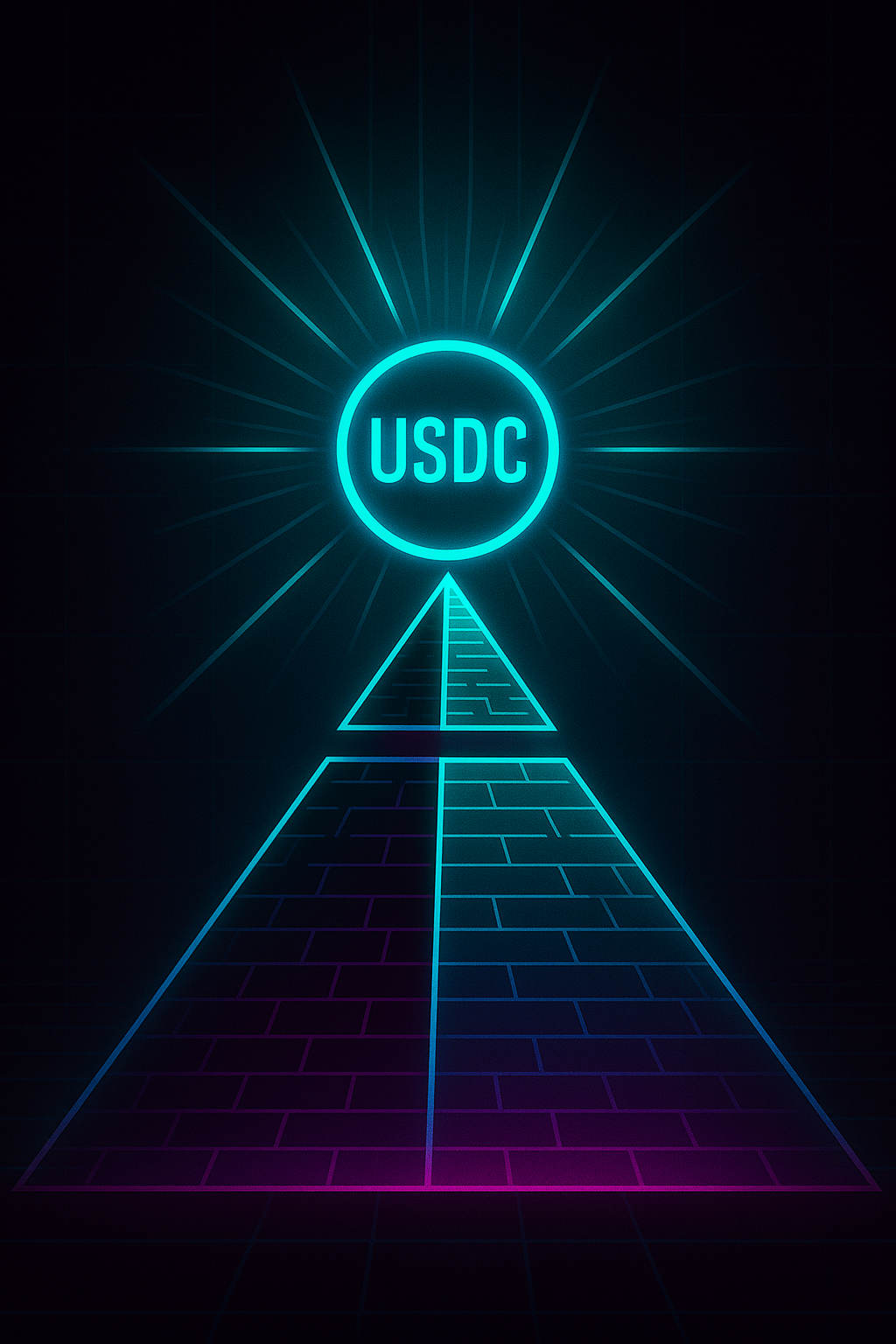Stablecoins, the GENIUS Act and the Coming Royalty Revolution
Washington rarely hands creators a gift, but the Senate just wrapped one in bipartisan ribbon. Last week lawmakers passed the Guiding and Establishing National Innovation for U.S. Stablecoins Act, mercifully shortened to the GENIUS Act, the first federal framework for dollar-pegged tokens. Within hours, Circle, issuer of USDC, finished its Wall Street debut up 30%, feeling more and more like stablecoins’ arrival in the consumer mainstream is now. Most headlines cheered the bill as a victory for “crypto,” yet the deeper story sits at the intersection of culture and code: regulated stablecoins are about to make royalty flows as automatic as playlist shuffles, and that could ignite a true marketplace for human creativity.
For decades the creative economy has run on IOUs. Musicians wait a quarter for streaming statements, illustrators chase late invoices, indie game modders pray a publisher answers email. The missing ingredient isn’t inspiration, it’s settlement, an instantly spendable, globally accepted digital dollar that slides through smart-contract pipes without a compliance headache on either end. That is exactly what Congress just blessed. The bill introduces a federally supervised licensing regime for stablecoin issuers, far stricter oversight than today’s patchwork state money-transmitter rules. That means, every wallet in America gains access to bank-grade digital cash.
Circle’s IPO converts theory into ticker tape. Institutional investors who once dismissed stablecoins as shadow banking bought into USDC’s rails at New York Stock Exchange prices. That vote of confidence matters because the creative stack lives downstream of trust. If asset managers, merchants and payroll processors are comfortable treating USDC like electronic cash, developers can wire it straight into creator tooling without fearing tomorrow’s enforcement headline.
At Cultura, we’ve spent the past year building royalty logic. Testnet is proving out that the math works; the friction comes when you try to settle those micro-slices in a world where banks batch once a day and cross-border fees devour small sums. Plug in a regulated stablecoin and the pipes clear. Split payments post in seconds, accountants see an audit trail, creators see spendable dollars, no conversion desk, no forty-five-day hold.
Critics warn that crypto rails add complexity for casual users. That may have been true when stablecoins lived on crypto exchanges alone. But a publicly traded issuer carries consumer disclosures, a ticker symbol and, soon, the same FDIC-style comfort language users expect from a fintech app. The leap from a debit card to a USDC-backed wallet starts to feel incremental, especially when the wallet tracks the provenance of every illustration, beat and story you release.
The GENIUS Act does not solve every pain point. It punts on privacy, leaves state regimes in place and carves out exemptions that lobbyists will spend years debating. Still, the signal is unmistakable: programmable dollars are now a policy priority. For creators, that means the machinery of licensing can move from PDF to protocol. Imagine opening Unity, Roblox Studio or Visual Studio, importing a film studio’s character model under a Cultura-verified licence, and watching your royalty share settle in a fully regulated token each time a player buys the skin. That is not utopian marketing copy; it is a weekend sprint once the rails are live.
Legislation rarely aligns with innovation this cleanly. The GENIUS Act gives stablecoins a legal perimeter, and Circle’s IPO supplies the brand recognition and liquidity. The creative economy supplies the use case, billions of micro-transactions hungry for an instant-settlement medium. Tie those threads and you get a flywheel with more predictable royalties that attracts more creators, more creators drive more demand for regulated stablecoins, which in turn deepens liquidity and acceptance.
The internet solved distribution two decades ago but it never solved payout. Stablecoins regulated under the GENIUS banner, traded on the NYSE, and embedded in protocols like Cultura finally close that loop. For the first time, the marketplace of human creativity can pay at the speed of the idea itself.
